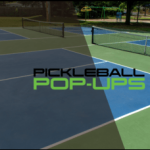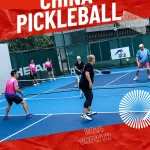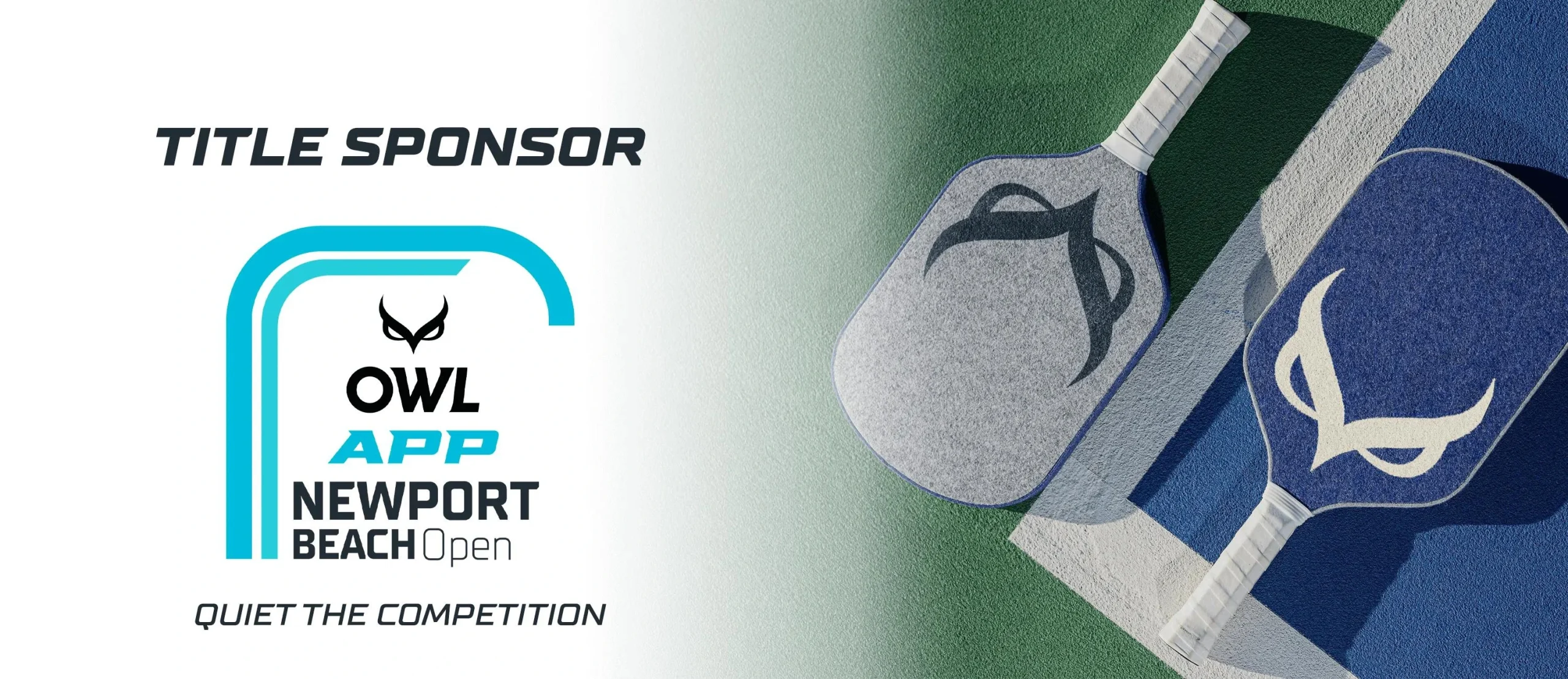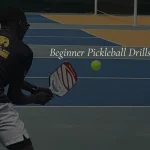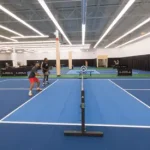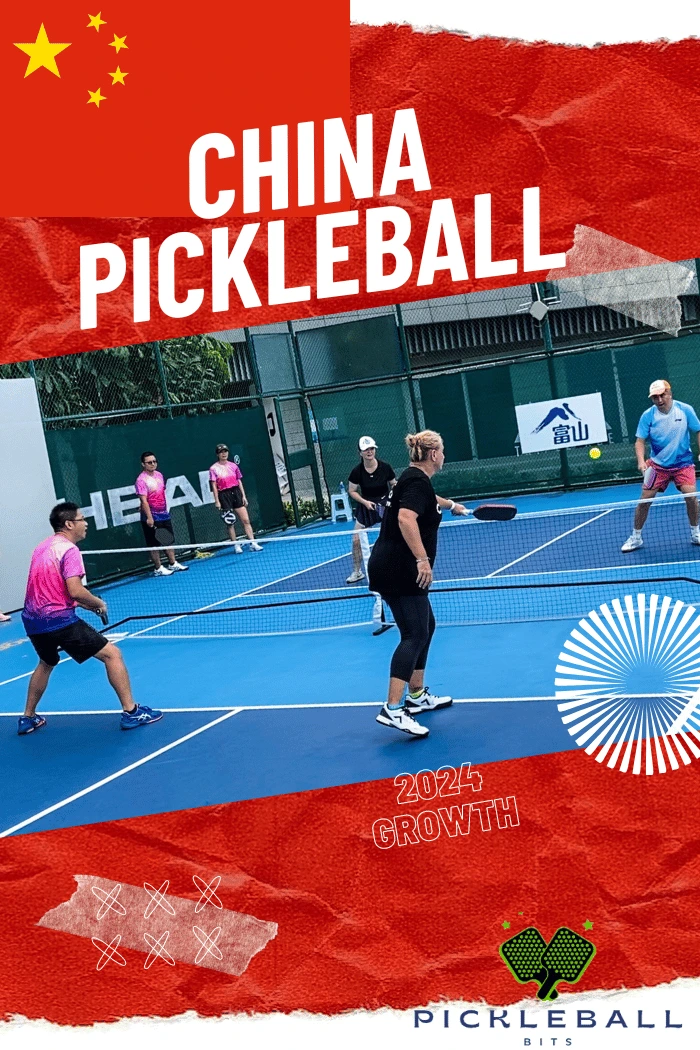Pickleball, a sport born in the United States, has been rapidly gaining ground across the globe, and China is no exception. Despite its relatively recent introduction, having arrived in the country around 2018, the game has witnessed tremendous growth across major cities and smaller regions alike.
The sport’s rise in China reflects the nation’s broader enthusiasm for racquet sports, such as badminton and ping pong, but pickleball’s expansion comes with unique challenges and opportunities that set it apart. This article explores the trajectory of pickleball in China, from its grassroots beginnings to its promising future.
Table of Contents
Early Beginnings and Growth
Pickleball made its debut in China in 2018, when USAPA sent a delegation team to Shenzhen. It was here where USAPA’s Jack Thomas and China Pickleball President Zeng signed formal letters of cooperation and friendship between the two associations. The timing couldn’t have been better, as China’s vast population already had a natural inclination toward racquet sports. Badminton and ping pong enjoy widespread popularity, and pickleball has been able to capitalize on this racquet sport culture, quickly attracting a dedicated player base.
What’s particularly surprising about pickleball’s growth in China is the substantial support it’s receiving from various levels of government. Despite the sport’s uncertain status with regard to its inclusion in the Olympics, an event that would undoubtedly catalyze its exponential growth, the Chinese government has shown a keen interest in its development. However, there remains some uncertainty regarding which national entity will ultimately oversee pickleball’s governance in the country.
A Tug of War: Who Will Govern Pickleball in China?
At present, two main entities are vying for control of pickleball’s development in China: the Chinese Tennis Association and the Multi-Ball Association. Both organizations have launched initiatives, including tournaments and clinics, to assert their claim. A final decision regarding which organization will officially govern the sport is expected from the Bureau of General Administration of Sports of China, although the timeline remains undetermined.
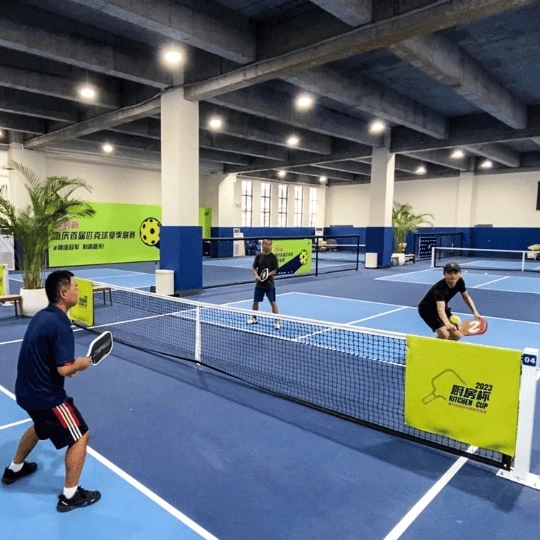
The Chinese Tennis Association boasts a successful track record in fostering tennis across the country and feels confident in its ability to manage pickleball. On the other hand, the Multi-Ball Association, which already oversees sports such as golf and bowling, argues that pickleball fits better within their portfolio of sports that are less established compared to tennis, badminton, and ping pong.
Private Sector Takes the Lead
With no clear government intervention yet, private companies have taken on a significant role in promoting and developing pickleball in China. These businesses have been responsible for everything from court construction to the manufacture of paddles, nets, and balls. Indoor and outdoor pickleball courts are sprouting up in major cities such as Beijing, Shanghai, Chongqing, and Shenzhen, as well as in smaller cities like Kunming, Taiyuan, Dalian, and Chengdu.
Many of these courts are repurposed from badminton and tennis facilities. However, due to China’s restrictions on access to North American social media platforms like Instagram, Facebook, and YouTube, vital information about court standards has sometimes been lost in translation. As a result, some facilities lack essential features, such as cushioning on the court surfaces, adequate spacing between courts, and regulation-compliant nets.
The Emerging Equipment Market
As with many consumer products, China is also a major player in pickleball equipment manufacturing. Many high-end paddles used in North America are produced by Chinese factories, and some of these manufacturers have started marketing their own paddle brands domestically. Popular local brands like Monster, Niupipo, Beesoul, and Arronax have emerged, offering affordable entry-level paddles for as little as RMB 200-300 (USD $25-40).
This flood of pickleball equipment has made the sport accessible to a growing number of players across China. As of mid-2024, the number of pickleball players in China—including those who play casually—has reached around 500,000. This number is expected to skyrocket in the coming years, driven by China’s emphasis on health, fitness, and sports, as well as the unique appeal of pickleball as a multigenerational game that requires minimal training to enjoy.
Competitive Landscape and the Path to International Success
Despite the rapid increase in participation, China is still in the early stages of developing world-class talent in pickleball. Currently, Chinese pickleball players are about 8-10 years behind their North American counterparts in terms of skill and competitive ability. However, this gap could close quickly, as China has a history of fast-tracking its proficiency in new sports once it decides to fully commit to them.
Several tournament series have been launched by private entities and government organizations alike. One challenge, however, has been structuring competitions in a meaningful way. Most Chinese tournaments are still divided by age group rather than skill level, which doesn’t always produce fair or competitive matchups. The introduction of the DUPR (Dynamic Universal Pickleball Rating) system in August 2023 has been a significant step toward addressing this issue, with its global rating system providing a more standardized framework for competitive play.
Looking forward, October 2024 will see China’s first major pickleball tournament divided by player ratings. Pickleball World Rankings is also working to gain a foothold in China through initiatives like the China Collegiate Tour, which could help identify and nurture young talent.
Opportunities for International Brands
The growing pickleball market in China presents a huge opportunity for international brands. With China’s population placing a high value on sports, fitness, and health, several North American brands have already made inroads into the Chinese market. Paddle brands such as Joola, ProXR, Gamma, and Ace have initiated market entry strategies, while Tyrol, a pickleball shoe brand, has begun producing footwear specifically for Chinese players. As the market matures, demand for high-quality equipment and coaching will only continue to rise.
The Need for Referees and Coaching
Another area where China’s pickleball scene is developing is officiating. Properly trained referees are in short supply, with fewer than a dozen USAP-certified referees in the entire country. To address this gap, the Global Pickleball Federation’s Asian Pickleball Association, in collaboration with Pickleball World Rankings, hosted a series of referee training programs across five cities in June 2024. These programs were led by prominent figures such as Byron and Marsha Freso, who are renowned for their work in pickleball officiating.
Beyond referees, the demand for high-quality coaching is also growing as China’s pickleball players seek to improve their skills. North American pros like Lee Whitwell, Megan Fudge, and Ryler DeHeart have been conducting clinics in China, helping to introduce more advanced strategies and techniques to Chinese players.
The Future of Pickleball in China
China is on the verge of becoming a major player in the global pickleball community. In just a few short years, the sport has grown from a niche activity to one with half a million participants and counting. With increasing support from both private and government sectors, better access to international resources, and the natural athleticism of Chinese players, pickleball’s future in China looks incredibly bright.
While challenges remain—such as the ongoing power struggle between government bodies, the lack of qualified referees, and the information gap due to internet restrictions—there’s little doubt that China will emerge as a leader in pickleball, both in terms of player talent and as a thriving market for the sport’s industry.
As Yui See Lau, co-founder of Full Send Pickleball and a key figure in pickleball’s development in China, observes: “It’s just a matter of time.” With the number of players rising, international tournaments on the horizon, and major brands taking notice, China’s pickleball revolution is well underway.
About Yui See Lau
Yui See Lau is a co-founder of the Canadian National Pickleball League and the Canadian Pickleball Association Pro Tour. He serves as a creative and brand director for several pickleball brands in China, including Tyrol, ProXR, and Pickleball United. Additionally, Lau is the Director of DUPR in China and co-founder of Full Send Pickleball, which is partnered with the Chinese Tennis Association. He was recently appointed At-Large Director for China by the Global Pickleball Federation’s Asian Pickleball Association.
READ MORE ARTICLES: Pickleball Malaysia: A Sport on the Rise with Local Flavor

